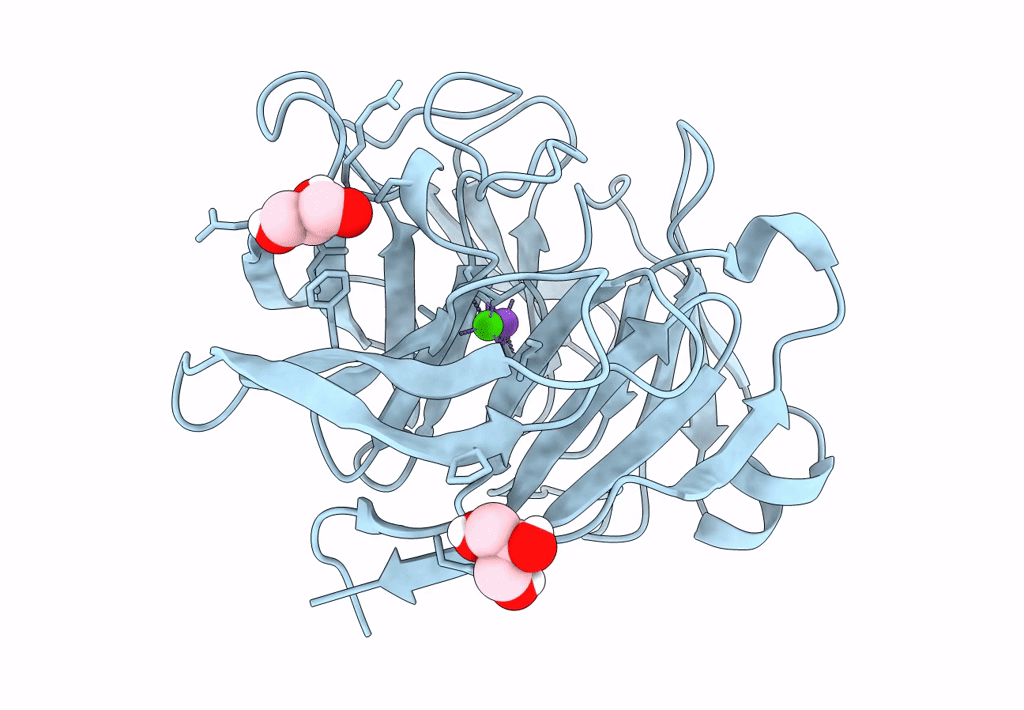
Deposition Date
2021-10-19
Release Date
2023-01-11
Last Version Date
2024-10-23
Method Details:
Experimental Method:
Resolution:
1.39 Å
R-Value Free:
0.17
R-Value Work:
0.16
R-Value Observed:
0.16
Space Group:
P 1 21 1


